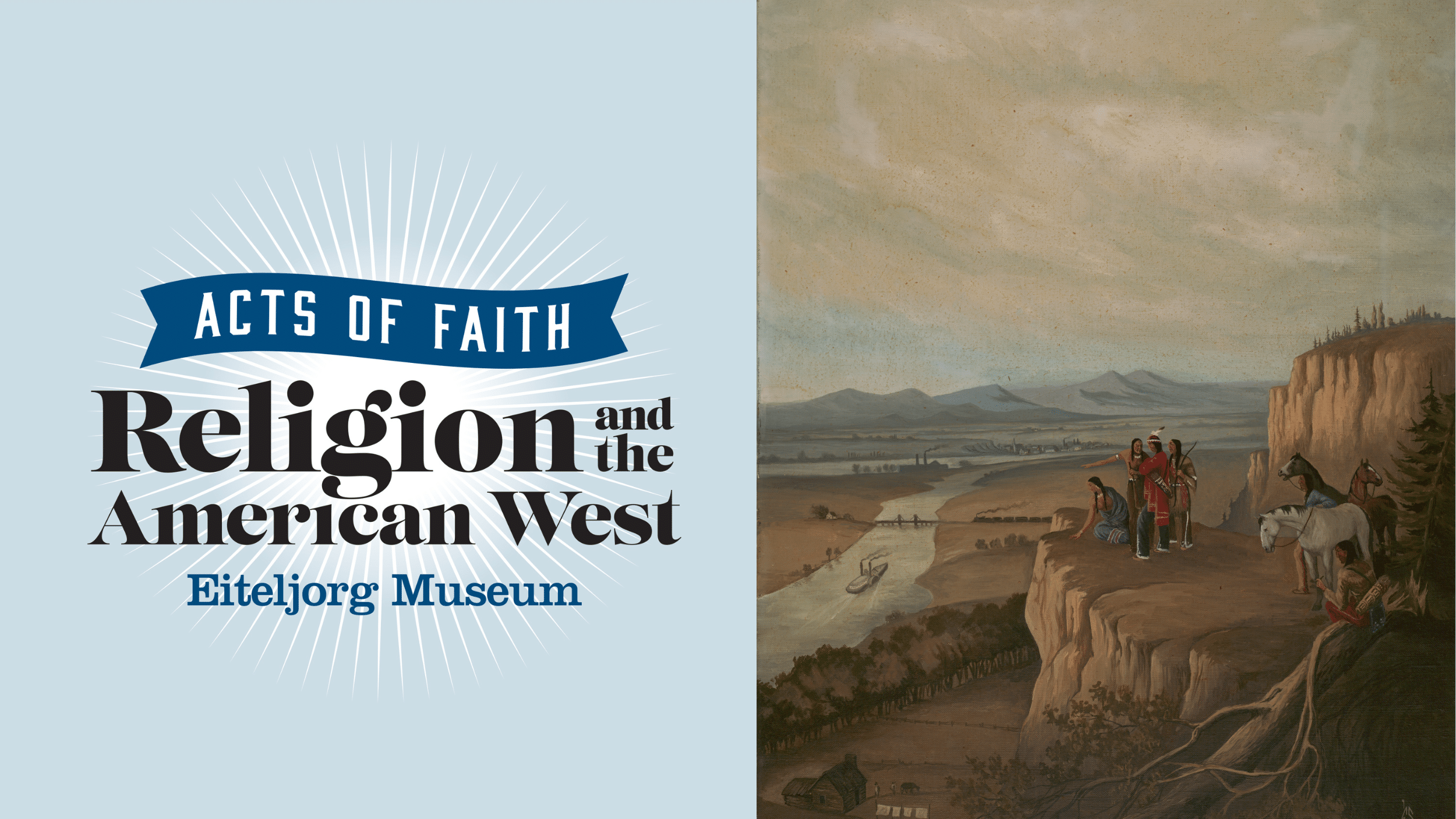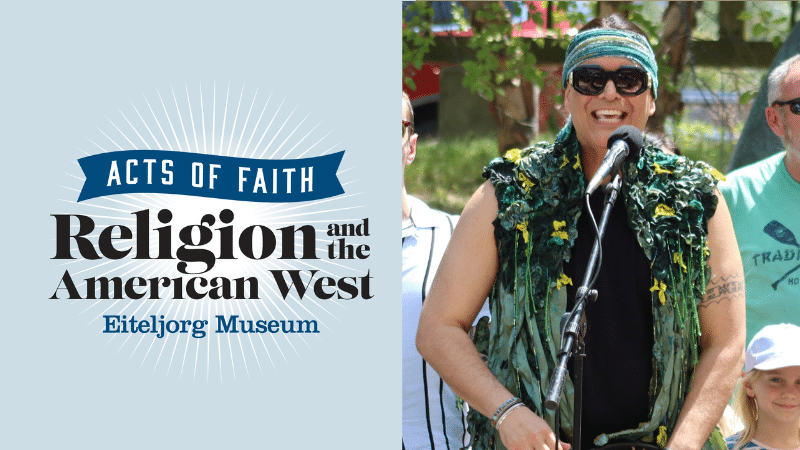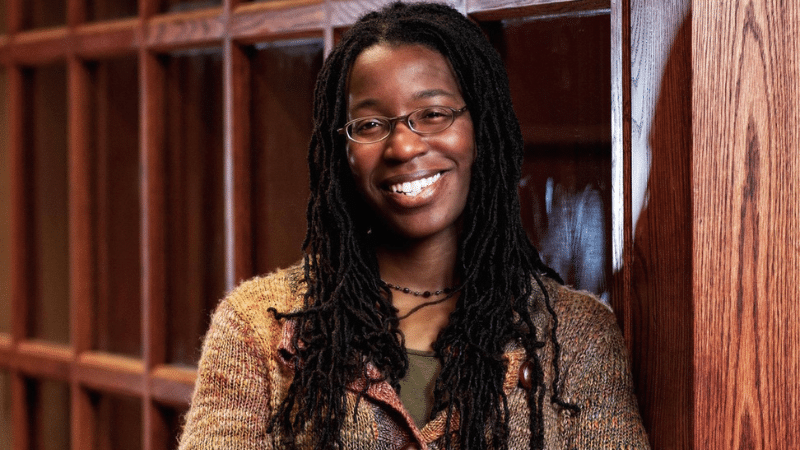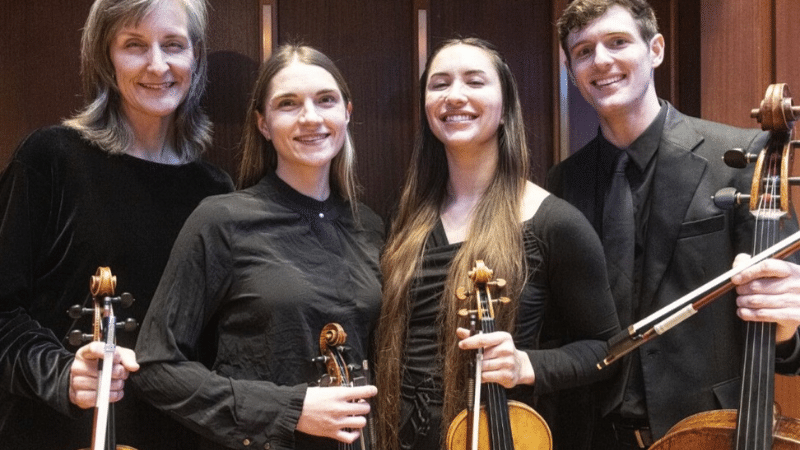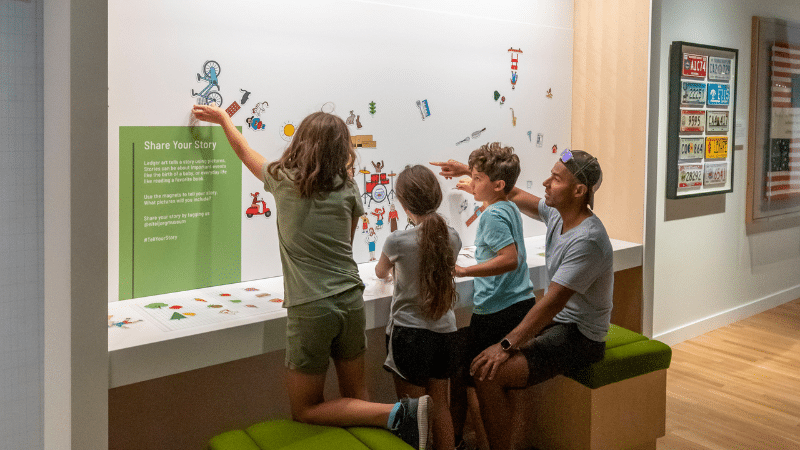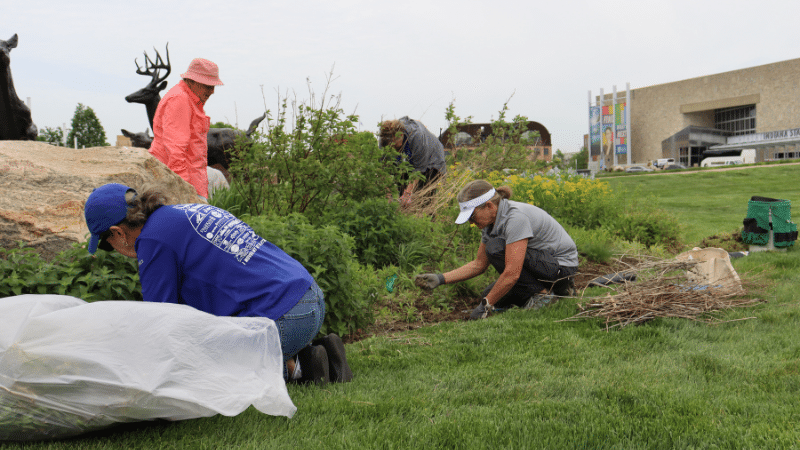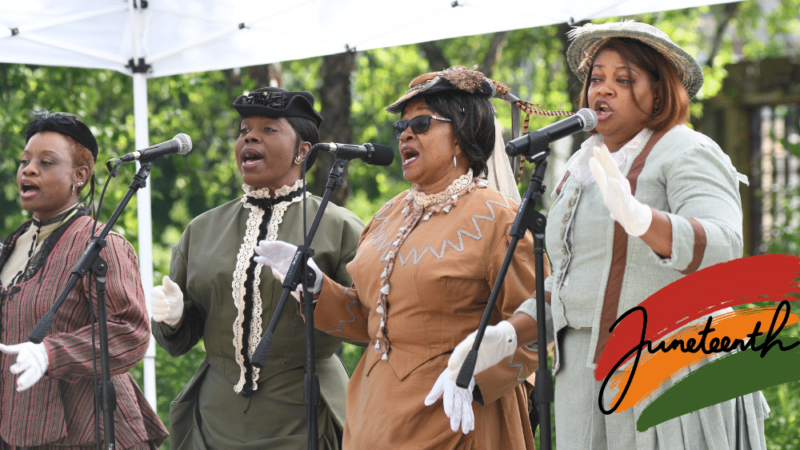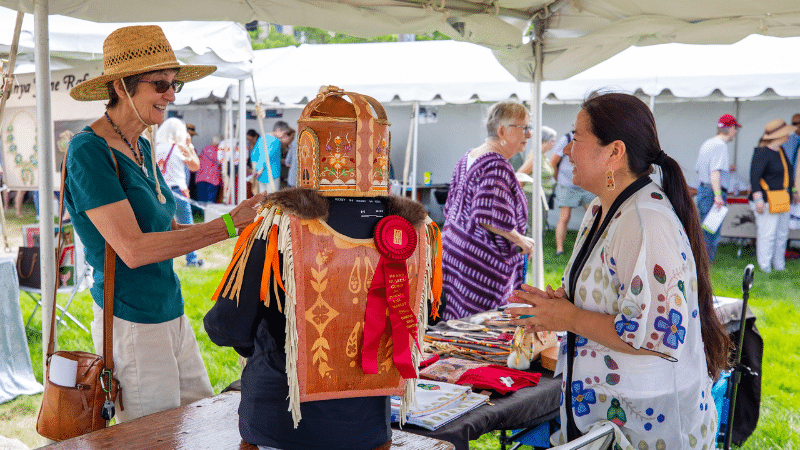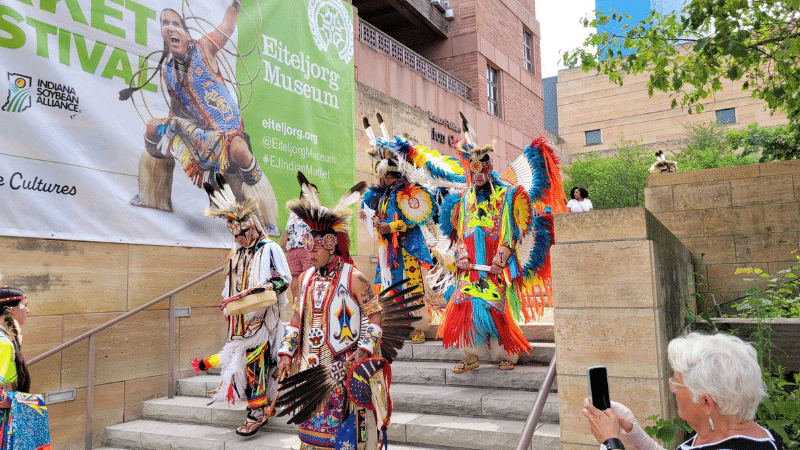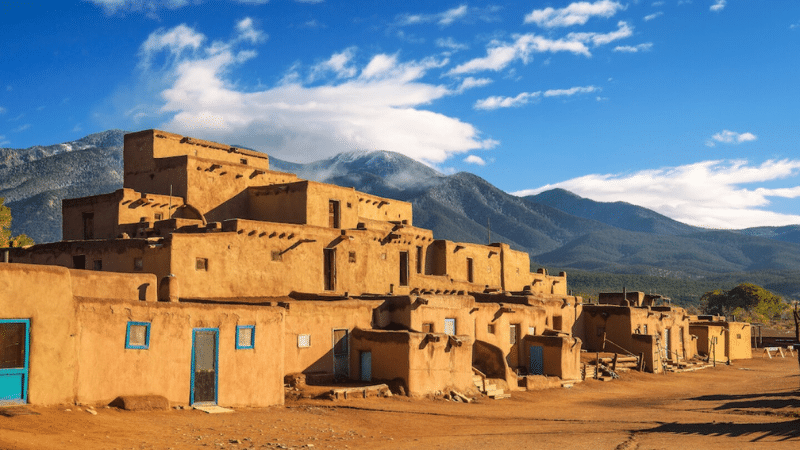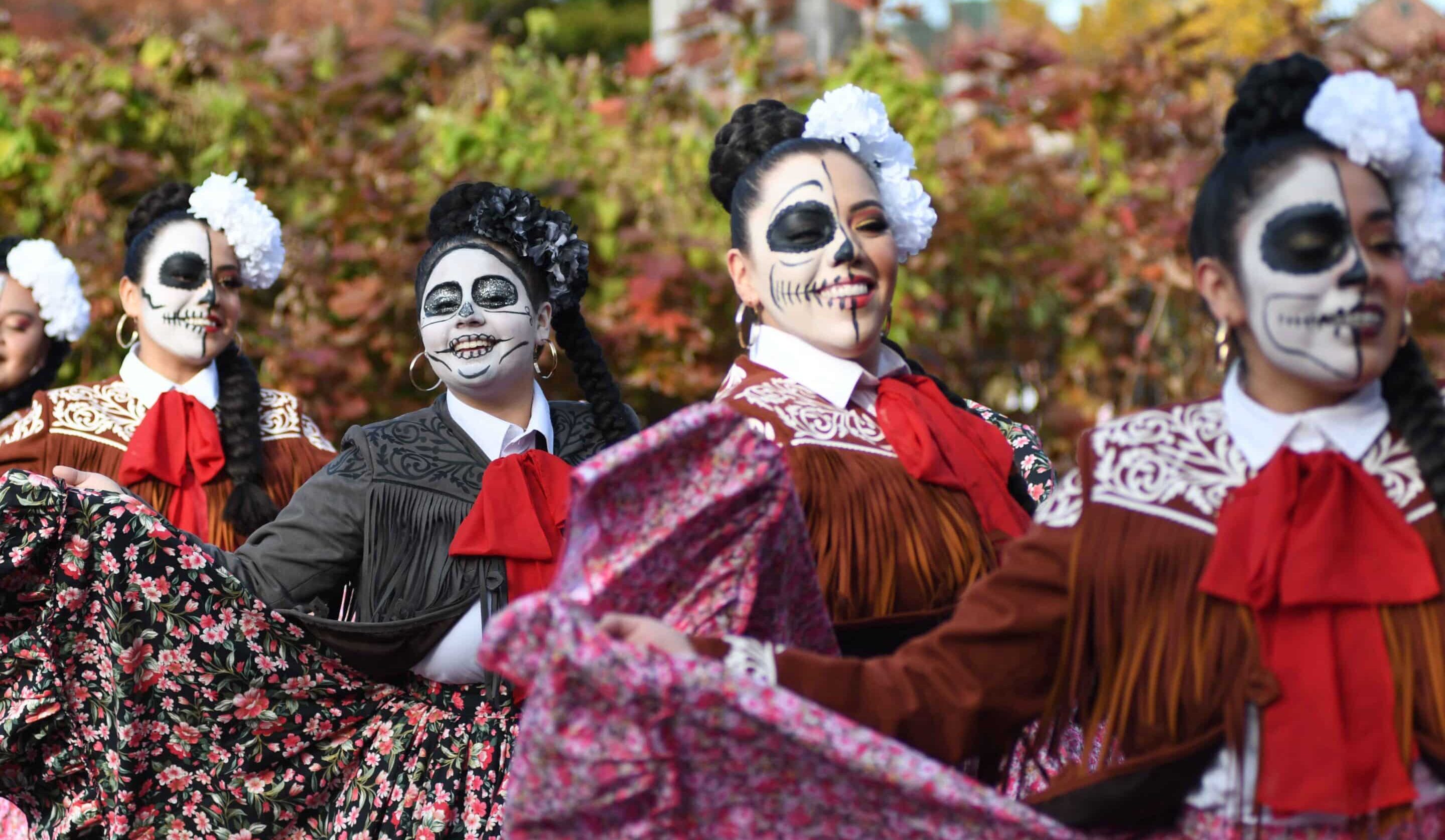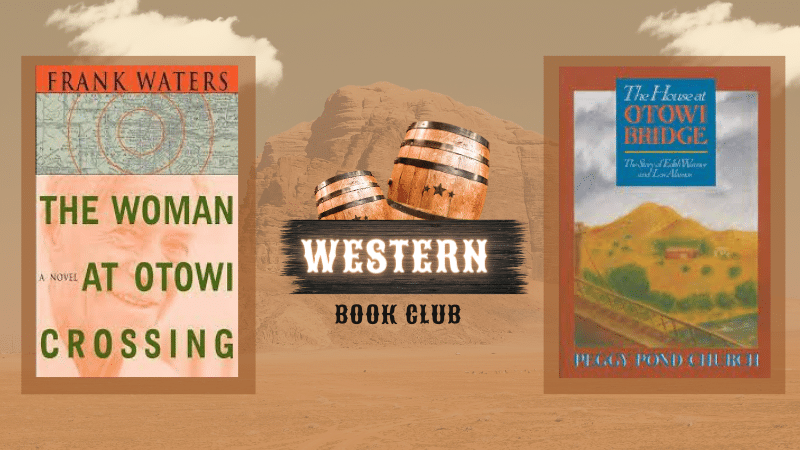Meet Elisa Phelps, the Eiteljorg’s new VP and chief curator
By Bryan Corbin, Storyteller magazine editor

Elisa Phelps is the Eiteljorg’s new vice president and chief curatorial officer.
The Eiteljorg Museum’s new vice president and chief curatorial officer is a true Westerner, a Texan deeply rooted in Colorado and the rich history of the region. Elisa Phelps served as a curatorial leader in museums focused on the West and Native America, including 14 years at History Colorado in Denver, before joining the Eiteljorg in November to succeed James Nottage, who retired. Elisa leads the museum’s curatorial, collections and exhibitions divisions as the Eiteljorg is poised for big projects on the horizon. Storyteller magazine recently interviewed Elisa, and her comments are slightly edited for space:
In summing up your background and career, what would you like Eiteljorg supporters to know about you?
“I have had the good fortune to be able to spend my entire career in museums, a little more than 30 years. Wherever I’ve been, I’ve had the opportunity to work with Native American collections. Even though I’ve been in different types of museums — from natural history, to history, to one more focused on art — that’s been the consistent thread. My desire to work in museums is really predicated on wanting to share stories with the public; and objects are really the illustrations of the stories.”
Growing up in Houston in the 1960s, what fueled your interest in Native America and the West?
“At least every other year we would go and spend some time (visiting family in Silverton) in the southwest part of Colorado, and in Denver. That just sparked an interest . . . . We did the cross-country trips in the ‘60s that families did in the station wagon: New Mexico, Arizona, Colorado, Utah, Wyoming. I appreciated the beauty, the Native cultures — and the mix of cultures in New Mexico was interesting, and it just stayed with me. So when it was time to decide where to go to university or college . . . I looked at Fort Lewis College in the Four Corners area, in Durango, which was someplace I loved. They had a Southwest studies program where you could focus on Native cultures and history . . . .There was a very large Native student population that shaped life on campus. So that really carried my interest forward.”
Moving forward a few years, one of your accomplishments at History Colorado was making their collection available to the public anytime through an online public portal. How revolutionary a change was it to put the museum’s collection online for anyone to see without visiting?
“It was huge. It immediately opened up a much better way to respond when researchers were calling the museum library wanting to know about certain objects . . . . The mandate really was to make the collection as broadly accessible as possible. Just because it’s available online doesn’t mean people are going to automatically access it; you have to let them know that it’s there.”
Is digitizing and posting the Eiteljorg collection something you hope to work on?
“Yes, absolutely. The Eiteljorg collection is incredibly visual and beautiful. There are some incredible things that have come in just in the past year. Being able to share that in a broader public way (is a goal), because not everybody’s going to be able to come to Indianapolis and pay their admission and come in to see what’s on exhibit. I don’t think that digital collections will ever take the place of the real thing, but it sure is nice to have that access if you can’t physically get to things.”
How would you describe your philosophy in terms of audience engagement in a museum?
“I like to see multiple points of entry into the exhibit, because not everybody is a reader, some people are really visual; (visitors) are different ages, and some people bring different levels of knowledge to the exhibit. Having some layered information in a variety of mechanisms to present the story so there are entry points for different types of audiences — and being clear in the audiences who you want to attract — helps drive how the exhibit is developed. The hardest thing with an exhibit is not what you put in the exhibit, it’s what you have to leave out. You want to find that balance of enough information or levels of information (that can tell the story), but you don’t want it to be a ‘book on the wall.’
“With exhibits where you’re working with Native peoples, tribal representatives, there’s another layer of consultation — and being open and really listening to what folks are saying and being willing to give up some curatorial control because there are other perspectives, other voices and other needs in terms of curating the exhibit.”
In addition to making collections available online, what are some goals you want to accomplish at the Eiteljorg?
“Renovation of the Native American galleries is primary. Long term, there’s a great need for expanded storage (in the museum’s vault for objects.) The other piece is working on ways to share the collection beyond exhibits here, so potentially arranging traveling exhibits. It’s such an amazing collection, and I think there will be a lot of interest by other museums in hosting shows from the Eiteljorg. The Harry Fonseca exhibit is a perfect example (of a show that could travel.) . . . What the Eiteljorg has done and the collection it has built are the best advertisements for why someone should contribute to the museum, whether funds or art, because it has been well-managed. I am excited about the opportunities to continue to develop resources and build new relationships.”
What has been the biggest change in the in the museum field from when you started in the profession until today?
“The change to really focus on the audience: to really work to be more open and be sensitive and responsive to audience needs, and to become more relevant . . . . Younger people have a very different approach to the world than I did when I was in my 20s; and the access to digital media all the time and social media and jumping from one thing to the next: It’s a whole different world in terms of speed and communication and opportunities. So why should people come to museums? Do they see themselves in the museum? Is their story reflected in some way? Or is the story that’s being told relevant in some way? . . . . Increasing diversity and inclusivity is also a big change. Folks who maybe don’t come from a background of museums as part of their lives, why should they come? That ties really to working with communities, too, and engaging communities in telling their own stories.”
Elisa G. Phelps
- Eiteljorg Museum, vice president and chief curatorial officer, 2018-present
- History Colorado, Denver, director of collections and library division, 2004-2018
- Witte Museum, San Antonio, director of collections and curator of anthropology, 1998-2003
- Houston Museum of Natural Science, curator of anthropology, 1987-1998
- M.A. Museum Studies, University of Leicester, Leicester, England
- B.A. Southwest Studies/Anthropology, Fort Lewis College, Durango, Colorado
- Curator or project director of numerous exhibitions; author of scholarly articles; university instructor; presenter at conferences; annual volunteer since 1992 at the Santa Fe Indian Market.
- A dedicated supporter of historic neighborhoods and local businesses, Phelps and her partner, Rick, and their cat Lucy, and chow Tasha, live in an 1890s home in the Irvington neighborhood.
Artwork behind Elisa Phelps in the above photo:
Daniel Smith (American, born 1954)
Stillwater Crossing, 2009
Acrylic on canvas
2009 Quest for the West® Harrison Eiteljorg Purchase Award
Note: This article originally appeared in the February 2019 issue of Storyteller magazine.
Read more about Elisa Phelps in this article in the March/April 2019 issue of Art of the West magazine:
Art of the West Magazine – Elisa Phelps article


